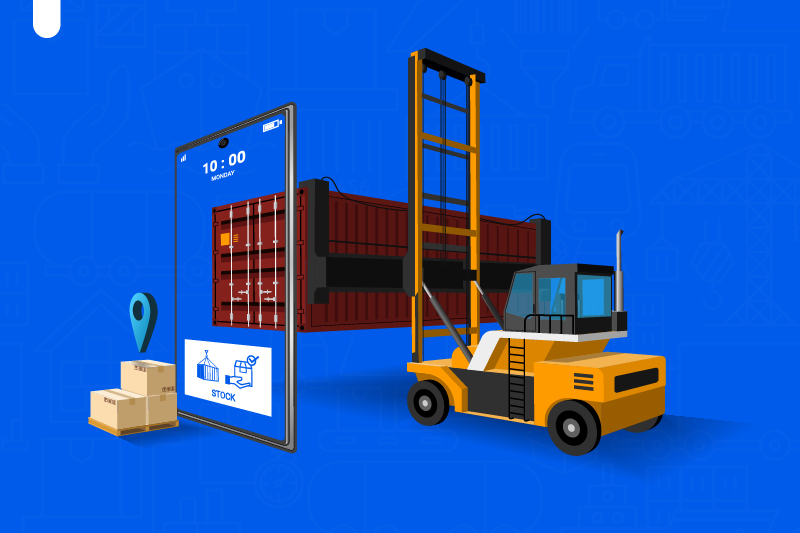How Trump Tariffs Are Reshaping Domestic and International Policy

Trump announced that, from April 5, a minimum of a 10% tariff on all US imports will be applied. This sent shockwaves across global economic and political frameworks. These duties are no longer temporary trade barriers but now serve as key instruments in shaping both national and global strategies. The decision to impose universal tariffs has already begun influencing diplomatic decisions, disrupting supply chains, and changing trade relations.
From the smallest business to top government institutions, these tariffs are rewriting policies, economies, and diplomatic alignments worldwide. This article will guide you through every impact these measures are having, from local price hikes to global trade realignments.
What Do Trump Tariffs Really Mean in 2025?
- China now faces one hundred forty-five percent tariffs on most exported products.
- Tariff exemptions exist only for countries with exclusive side agreements.
- Tariffs are justified under national security and emergency economic powers.
How Domestic Policies Are Adapting to Trump Tariffs
Congress has seen increased activity around manufacturing grants and local sourcing tax breaks. States have rolled out funding plans to help local producers scale up operations fast. While some businesses are benefiting, others are struggling with new costs and market disruptions. These shifts are guiding long-term economic legislation across the nation.
The Economic Impact on American Households and Small Businesses
Businesses are either raising prices or cutting quality to maintain profit margins. Consumers now feel the squeeze as basic needs become more expensive each month. The poorest families are being affected the most, spending more of their income on goods with inflated prices.
Many entrepreneurs are considering changing suppliers or even shifting business models to survive. These local challenges have turned into national policy issues, with policymakers now considering new relief packages.
Why Global Trade Partners Are Rewriting Agreements
- China reduced tariffs temporarily during a recent ninety-day truce agreement.
- The UK negotiated a special deal for key sectors like vehicles and steel.
- Canada and Mexico are pursuing stronger trade relations with Asia.
Supply Chain Disruption and Long-Term Realignments
Some manufacturers are now moving production back to the United States to avoid future tariffs. Others are adopting multi-source models to build resilience. These efforts require new capital and logistics planning, increasing pressure on mid-sized businesses.
For global brands, the need to avoid American tariffs has prompted expansion into Europe or Southeast Asia. These changes signal a long-lasting transformation in how products are made and delivered.
Are Trump Tariffs Driving Inflation?
Economists estimate that tariffs may reduce national income by five percent over the next few years. Increases in tax revenue from import duties are being offset by slower growth and shrinking investments. The burden falls heavily on working families, who now spend more on goods once considered affordable.
Inflation is no longer a risk but a reality tied to tariff policy. The effects may deepen unless the government rolls out effective counter-strategies.
What Global Institutions Are Saying About Trump Tariffs
The World Trade Organization projects a potential zero point eight percent drop in world trade volume this year. The IMF suggests that the U.S. economy might face its next recession if tariffs continue unchecked. These findings are guiding other countries to prepare their strategies and avoid over-dependence on U.S. trade.
World leaders are now calling for renewed dialogue to reduce economic stress and build a fairer system. The pressure is rising on all sides to either reinforce or replace the current structure.
What Are Small Victories We Can Learn From?
Small farms have created new supply partnerships within their regions. Local production centers are now gaining more attention and investment support. Government grants and tax credits are helping some communities grow despite the challenges.
These small successes are proof that creative solutions can turn a crisis into an opportunity. Businesses that act fast and adapt smartly are already showing signs of success.
Legal Changes That Support Tariff-Based Policy
This power shift is now prompting legal experts to review the balance between the executive and Congress. Discussions are underway about how to regulate tariff powers to avoid misuse.
Meanwhile, courts are beginning to see more lawsuits challenging how tariffs are applied. The results could affect future policy rules and influence how trade conflicts are managed.
How to Prepare Your Business for Tariff Policy
- Negotiate new deals with backup suppliers to stay flexible
- Invest in software that tracks costs and shipment delays in real-time.
- Contact trade advisors to help claim any relief programs or tax credits.
Conclusion
In 2025, Trump tariffs have grown into a global force that affects nearly every country. They are pushing leaders to review trade policies, businesses to rebuild supply chains, and citizens to rethink spending. By understanding these shifts, we can prepare for the long term and adjust quickly. Stay informed, act wisely, and stay ready for what comes next in the world of trade and policy.
Tariffs may be increasing your overhead, but that does not mean your growth has to slow down. With RankBPO, you get access to scalable outsourcing solutions that cut costs and open up new growth paths. Our teams will help you stay productive and competitive.